Introduction:
Silicone rubber compression molds stand as indispensable pillars in the realm of manufacturing seals and gaskets, quietly shaping the foundation of countless industries. With a precision-driven process that seamlessly fuses artistry and engineering, these molds bring to life the critical components that ensure tight seals, efficient containment, and reliable protection in a wide array of applications.
While often operating behind the scenes, the process of crafting silicone rubber compression molds holds an immense significance in industrial landscapes. From aerospace to automotive, from medical devices to electronics, the quality of seals and gaskets directly impacts the performance, safety, and longevity of diverse products. The intricacies of this molding technique, combined with the versatility of silicone rubber, create a symphony of design and science that resonates throughout modern manufacturing.
As we delve deeper into the journey of making silicone rubber compression molds for seals and gaskets, we will unravel the meticulous steps, explore the art of material selection, and unveil the magic of precision molding. This exploration will underscore how these molds, often taken for granted, serve as the unsung heroes safeguarding the integrity and efficiency of products that touch our lives daily.
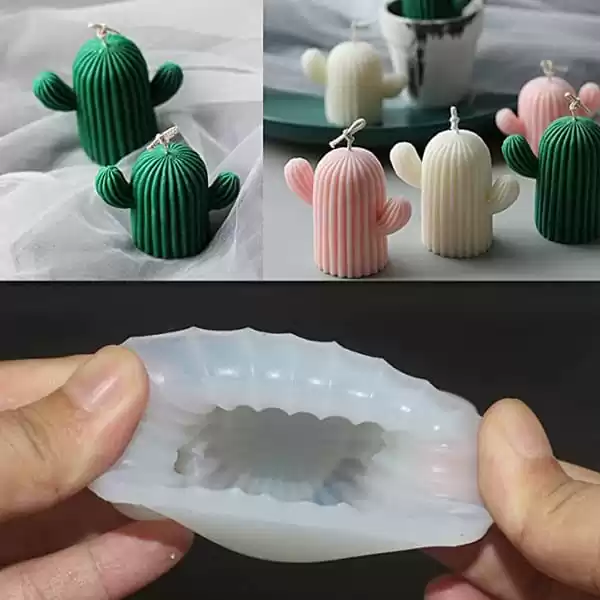
II. The Step-by-Step Process of Making Silicone Rubber Compression Molds
Creating silicone rubber compression molds is a meticulous journey that seamlessly blends creativity and precision. From the initial spark of an idea to the final perfected silicone molding process, each step contributes to the seamless functioning of seals and gaskets across diverse industries. Let’s embark on this journey, addressing key questions and delving into each critical stage:
Overview of the Process: Design to Production The process of making silicone rubber compression molds encompasses various stages, transforming high durometer materials materials into intricately designed molds that yield impeccable seals and gaskets. From conceptualization and design to the transformative powers of heat and pressure, every step plays a pivotal role in achieving excellence in industrial manufacturing.
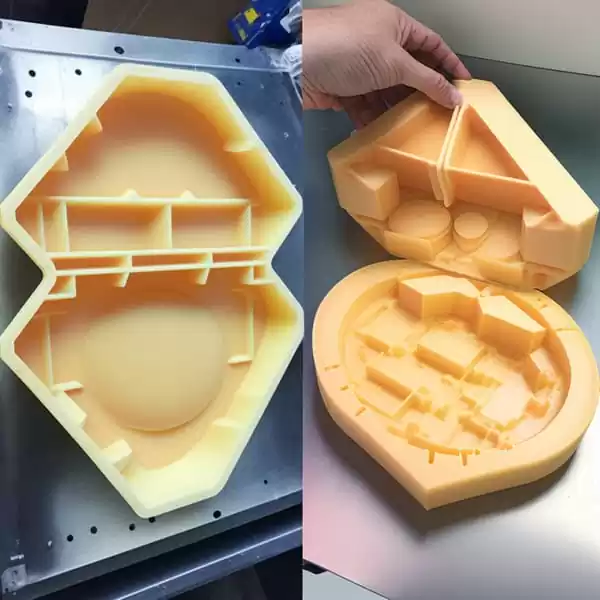
Addressing Key Questions:
How do you make a silicone rubber mold? Creating a silicone rubber mold involves a series of carefully orchestrated steps that bring together creativity and science to produce reliable seals and gaskets.
Can silicone be compression molded? Absolutely. Silicone rubber is exceptionally well-suited for compression molding, harnessing the process’s capabilities to deliver precision-formed components.
Breaking Down Each Step:
Design and Prototype Preparation: Begin with a clear design and prototype of the seal or gasket. This blueprint serves as the foundation, ensuring accurate dimensions and features.
Selecting the Right Silicone Rubber: Choose silicone rubber with properties tailored to compression molding, such as flexibility, durability, and resistance to extreme conditions.
Mold Box Construction: Craft a sturdy mold box, often made from materials like acrylic or wood. The mold box defines the mold’s size and shape, ensuring proper containment.
Applying Mold Release Agent: Coat rubber parts of the prototype with a mold release agent, acting as a safeguard against sticking during the curing process.
Mixing and Pouring Silicone Rubber: Precisely mix the liquid silicone rubber components, then pour the mixture into the mold box, enveloping the prototype. Tap gently to eliminate air bubbles.
Curing Process: Allow the silicone rubber to cure according to manufacturer guidelines, ensuring the material takes on its intended form.

Mold De-Molding: Carefully extract the cured silicone rubber mold from the mold box. Delicately peel away the mold box material, unveiling the prototype.
Mold Preparation: Inspect the silicone mold for imperfections and debris. Trim excess silicone for a smooth and uniform mold surface.
Compression Molding Process: Place the silicone rubber mold within a compression molding press. Apply the appropriate combination of heat and pressure, molding the silicone into the desired seal or gasket form.
Post-Processing and Finishing: After compression molding, remove the newly formed seal or gasket from the transfer molding part. Trim away any excess material, inspect for quality, and perform necessary finishing touches.
As we journey through each step, the synthesis of design expertise, material selection, and precision molding unveils the artistry and science underpinning the creation of silicone rubber compression molds. This intricate process ensures that the seals and gaskets produced stand as steadfast guardians of industrial integrity and efficiency.
III. Crafting Silicone Rubber Gaskets through Compression Molding
Gaskets, the unassuming heroes that create airtight seals, prevent leaks, and maintain the integrity of machinery and systems, owe their reliability to the intricate art of silicone rubber compression molding. In this section, we delve into the precise steps that bring silicone rubber gaskets to life, highlighting the significance of precision and require tight tolerances in their production.
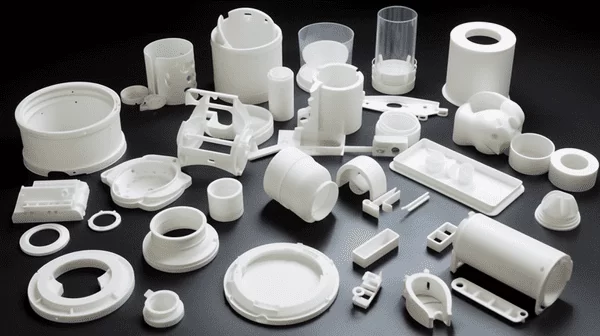
Addressing the Question: How do you make a silicone rubber gasket?
Creating a silicone rubber gasket is an artful combination of science and craftsmanship. This process involves meticulous attention to detail and a sequence of carefully orchestrated steps that culminate in a flawless, functional bonding rubber gasket.
Exploring the Specific Steps:
Prototype Development: The journey begins with a detailed prototype, capturing the gasket’s dimensions and features. This prototype serves as the blueprint for the ensuing steps.
Select Suitable Silicone Rubber: Choose a silicone rubber formulation that aligns with the gasket’s intended use. The material should exhibit qualities like flexibility, resilience, and resistance to environmental factors.
Mold Box Construction: Craft a mold box that accommodates the gasket prototype and silicone material. This mold box forms the canvas on which the gasket’s form takes shape.
Mold Release Application: A thin coat of mold release agent is carefully applied to the prototype. This agent ensures the prototype can be extracted seamlessly from the cured silicone.
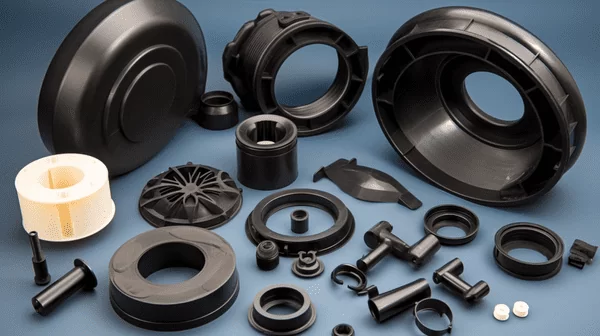
Silicone Rubber Pouring: Precisely mix the liquid nitrogen with silicone rubber components and pour the mixture over the prototype within the mold box.
Curing and De-Molding: Allow the silicone to cure, transforming from a liquid state to a resilient solid. Gently remove the cured silicone gasket and mold, taking care to preserve its intricate design.
Compression Molding: Place the gasket mold within a compression molding press. Applying a combination of controlled heat and pressure, the silicone undergoes a transformation, conforming precisely to the mold cavity and gasket’s prototype.
Post-Processing and Finishing: Once the compression molding is complete, the newly formed gasket is removed from the injection molding part. Excess material is trimmed, and the gasket is meticulously inspected for any imperfections.
The Importance of Precision and Tight Tolerances:
In the world of gasket production, precision is paramount. Gaskets function as seals between components, ensuring that fluids, gases, or contaminants remain contained. The compression molding process offers the unique ability to achieve tight tolerances, resulting in gaskets that fit snugly, leaving no room for compromise. The minute variations in dimensions can impact the overall functionality and efficiency of the gasket, making precision an absolute necessity.
As we navigate the intricate process of crafting silicone rubber gaskets through silicone compression molding process, we come to understand that the fusion of expertise, precision, and purpose yields gaskets that stand as steadfast sentinels, upholding the reliability and safety of countless systems and mechanisms.
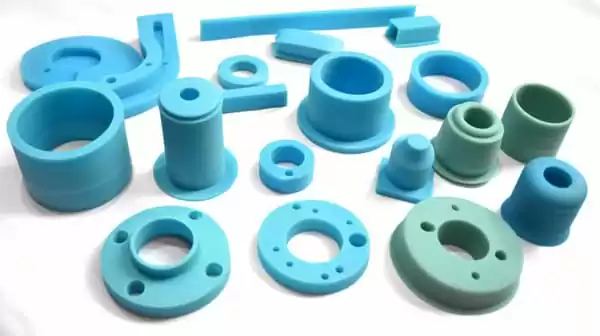
Conclusion:
The journey through the intricate realm of silicone rubber compression molding for seals and gaskets has illuminated a symphony of artistry and precision that defines modern industrial manufacturing.
Precision Unveiled: At the heart of silicone rubber compression molding lies an unwavering commitment to precision. Every step, from design and prototype preparation to compression molding and finishing, hinges on meticulous attention to detail. Precision ensures that each seal and gasket adheres flawlessly to its intended dimensions, fulfilling its crucial role as a guardian of containment, safeguarding systems against leaks, contaminants, and inefficiencies.
Crafting with Purpose: Material Selection: The selection of the right silicone rubber material is an artful science that shapes the destiny of every mold. The attributes of flexibility, resilience, and resistance to harsh environments make silicone rubber the quintessential choice for compression molding. This careful material selection lays the foundation for gaskets that endure, ensuring longevity and performance even in the most demanding applications.
Control in Every Stage: Process Mastery: Process control is the conductor orchestrating the symphony of silicone rubber compression molding. From mold box construction to curing, each phase is executed with finesse, guided by scientific principles and expert craftsmanship. This control ensures that each mold cavity transforms into a meticulously formed gasket, adhering to the strictest tolerances and meeting the highest quality standards.
The Wider Canvas: Impact on Industrial Manufacturing: The significance of silicone rubber compression molding stretches beyond the confines of individual seals and gaskets. This art and science resonate throughout industrial manufacturing, shaping industries ranging from automotive and aerospace to medical and electronics. The reliability of these molds transcends product boundaries, bolstering efficiency, safety, and performance on a grand scale.
In closing, the journey into the world of silicone rubber compression molding process has unveiled a harmonious blend of precision, material mastery, and process control. It is an art form where molds and material unite to form functional masterpieces, silently playing a pivotal role in the intricate dance of modern industrial manufacturing. As we step back and appreciate this fusion of craftsmanship and technology, we recognize the enduring legacy of silicone rubber compression molding – a legacy that assures reliability, advances innovation, and propels industries toward a future of excellence.



